Cinsault, a French grape variety common in the Southern Rhône, has long played a supporting role in blends. “GSM,” the popular abbreviation used to describe the wines of the region, represents the grapes Grenache, Syrah, and Mourvèdre, but tragically excludes a C for Cinsault. That’s not to say it doesn’t contribute to those blends, though.
Known for its lighter body and soft tannins, Cinsault brings freshness, floral aromatics, and bright red berry flavors. After a long history in the shadows, Cinsault is finally stepping into the limelight as a varietal wine, with producers in the Southern Hemisphere, particularly Chile and South Africa, showcasing its elegance.
Several factors are contributing to the sudden embrace of this normally overlooked blending grape, the most notable being the rising trend of lighter-bodied, “chillable” red wines. Drinkers are swapping out the brooding, full-bodied reds that dominated the ‘80s, ‘90s, and early aughts for bright, juicy wines that land a bit lighter on their feet. Beyond consumer preferences, Cinsault can credit its success to the discovery of valuable old vines in Chile and South Africa, which are vital to crafting high-quality varietal wines. The vine’s ability to thrive in conditions of extreme heat and drought have also brought attention to this grape, as producers search for varieties that can stand up to the challenges of the climate crisis. Turns out, Cinsault might be the answer.
Don’t Miss A Drop
Get the latest in beer, wine, and cocktail culture sent straight to your inbox.
We’ve already seen what can happen when obscure French blending grapes find a new home, too. Argentine Malbec found widespread success with drinkers who were looking for round, approachable, jammy wines, bursting with dark fruit. (They were, perhaps, also looking for an alternative to Merlot after a certain movie made it passé.) As the tides turn and drinkers are starting to prefer lighter-bodied, elegant reds, can the massive success of Malbec signal what’s to come for Cinsault?
One Winemaker’s Trash Is Another’s Treasure
Historically, Cinsault has been used as a workhorse grape. The vines are vigorous, reliably producing ample fruit. In southern France, South Africa, and Chile, the grape was produced in high quantities to use in bulk red blends, and was generally looked down upon because of its light-bodied structure. Despite its reputation, Cinsault was actually the most planted grape in South Africa in the ‘60s and ‘70s. And even though it played an instrumental role in most of the nation’s red blends, it was never advertised on labels.
When Alexander Milner, the winemaker for Natte Valleij winery in South Africa, studied oenology at Stellenbosch University in 2004, his professor told him that Cinsault would never have any value in the South African wine industry. Nevertheless, after working with Cinsault during a harvest in southern France, Milner became intrigued by the variety.
In 2012, with some grapes from a recently discovered block of old vines and one barrel, Milner crafted his first vintage of Cinsault. “I thought it was the nicest wine I made in my life,” he says. Milner then began to seek out more plots of old vines throughout South Africa’s coastal regions of Stellenbosch, Paarl, and Darling, and when he would ask farmers for their Cinsault they would remark, “Are you sure you want the Cinsault?” He’s now a pioneer in crafting varietal Cinsault from South Africa’s forgotten old vines, and is setting an example for the elegant, terroir-driven varietal wines it can yield.
Cinsault experienced a similar journey in southern Chile, specifically the cool-climate regions of Itata and Bío-Bío. The area was originally planted to País and Muscat of Alexandria by Spanish missionaries in the mid-16th century. But after a historic earthquake shook up the region in 1939, many vineyards were replanted with robust grapes like Cinsault and Carignan in an effort to bulk up production. These varieties were used to make juicy, everyday-drinking table wines called Pipeño, which gave them a bad reputation among Chilean drinkers who favored “serious” full-bodied Cabs.
As the Cabernet Sauvignon-industrial complex shifted the focus of Chile’s wine industry, the more unique regions of Itata and Bío-Bío fell by the wayside. Recently, however, several adventurous winemakers have set out to revive this forgotten region, showcasing the grapes that were part of Chile’s past — including Cinsault. One of the producers leading the charge in Itata is Leonardo Erazo, who is a partner in many winemaking endeavors including A Los Viñateros Bravos, Onda Brava Wine, and Rogue Vine — all of which highlight the complex wines made from the historical vines of Itata.
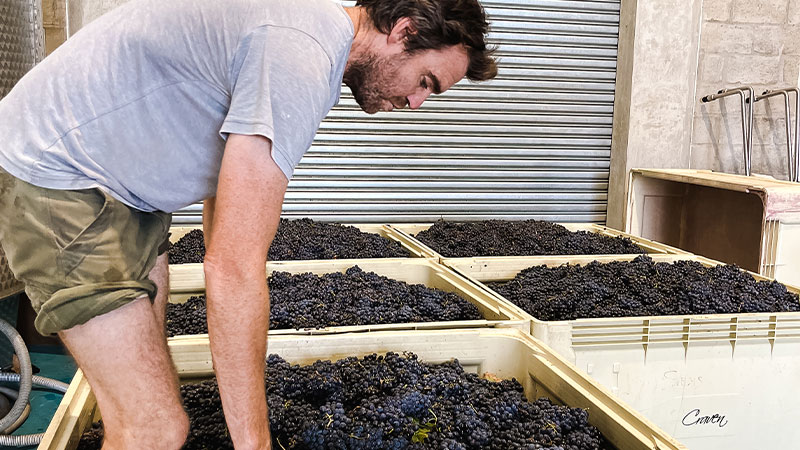
What’s Old Is New Again
Cinsault’s bad reputation could have been a blessing in disguise, as the once-abandoned vineyards in South Africa and Chile are now a bounty of coveted old vines.
Why are the old vines so important? “As time passes, the vineyards become more in balance with their environment and are not as vigorous as their younger counterparts,” Milner of Natte Valleij says. “The essence of the fruit you are getting is far superior from this. You can compare the younger vines to a quirky child that hasn’t grown into itself yet.”
The majority of the old vines in South Africa, and around the world, are bush vines, meaning that they aren’t trellised or trained to grow in a certain manner like the perfectly organized rows common in modern vineyards. Bush vines are often found in warm, desert climates and are rarely irrigated, either due to strategic dry farming or general neglect, as was the case for many of the abandoned old vines in South Africa and Chile. The lack of water forces the vine to dig deeper into the soil, and many winemakers believe that this connection to the soil can translate to increased complexity and an ability for the wine to showcase terroir.
These vines are cherished in South Africa, and viticulturists in the region even created the Old Vine Project non-profit to help protect them. The organization certifies vines that are over 35 years old, and the resulting wines now receive a designation on the bottle. Producers like Lukas Van Loggerenberg of Van Loggerenberg Wines aim to showcase the beauty of these wines with single-vineyard bottlings. Van Loggeren even works with the second-oldest red grape vineyard in South Africa, which was planted by a German family in 1932, and named the wine “Lötter” after their surname.
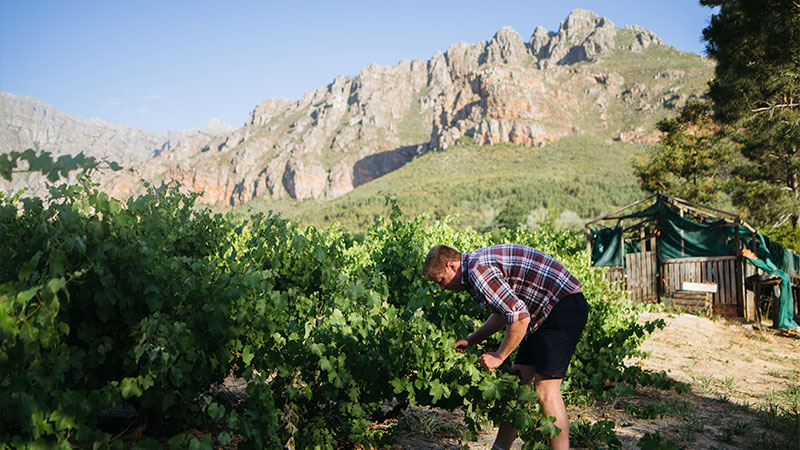
Translating Terroir
As winemakers and drinkers develop an interest in Cinsault, many are noticing its impeccable ability to capture a sense of place. It’s often compared to grapes like Pinot Noir and Nebbiolo, which are revered for this characteristic. Chile-based Leonardo Erazo, who has extensive experience in studying soil’s impact on wine, adopts a terroir-driven approach to his wines. In addition to the age and training of the vines, Erazo insists that the type of soil and depth of the topsoil also have a distinct influence.
Erazo works with hillside vineyards in Itata and notes the importance of a vine’s location. “At the way top, there is very little topsoil and clay, so the vine struggles,” he says. “These vines make really intense wines and the terroir shows through strongly.” On the other hand, the bottom of the hillside provides more topsoil for the vines, so the resulting wines are more fruit-forward and fresh with less tannin.
In South Africa, Milner also appreciates the varying characteristics that different sites can bring. He has noticed that the wines from the cooler-climate Darling region express a lighter profile, with floral aromatics of violets. The hotter climate of Swartland lends to a juicier, fruit-forward profile with a hint of spice. The wines made from the granite soils in Stellenbosch show a distinct profile of delicate strawberries.
The Next Big Thing?
So, will Southern Hemisphere Cinsault take off like we saw with Argentinian Malbec? Winemakers like Milner and Erazo are certainly seeing more of their neighbors seeking out Cinsault grapes and asking for advice. However, as more producers are looking to hop onto the light-bodied red trend, winemakers like Milner are worried that those making Cinsault as a part of a marketing strategy will ultimately not give the grape the attention it deserves. Since the appreciation of Cinsault seems to be a direct result of these elegant, terroir-driven wines made from old vines, it is unclear if the mass production of Cinsault would yield the desired results. Cinsault often lands at a higher price since it relies on these rare old vines, so it lacks the broad appeal of the more accessible Malbec from Argentina.
Overplanting and overproduction of vigorous, low-quality Cinsault brought about the grape’s original downfall, so Milner fears that this could swing the pendulum back in that direction. Milner and Erazo approach the expanding interest in Cinsault with a sustainable perspective, and are thoughtfully planting small plots of new vines each year in specific sites with the hope that these vineyards will become old vines to use in the future.
As the style continues to draw attention, there will definitely be a lot more gorgeous expressions of Cinsault for drinkers to explore hitting wine shop shelves and restaurant lists. But maybe it’s best if it doesn’t become the next big thing.
5 Southern Hemisphere Cinsaults to Try
Natte Valleij Coastal Cinsault 2020
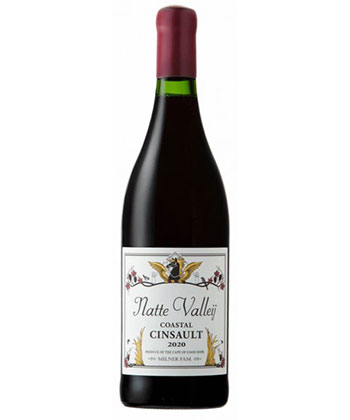
Natte Valleij’s introductory Cinsault bottling is a blend of grapes from five dryland bush vines ranging in age from 14–50 years, found across South Africa’s Coastal Region. The wine offers complex aromas of orange rind, raspberries, and an earthy minerality, and the palate welcomes you with flavors of tart wild berries, fresh citrus, and pink grapefruit pith. The enticing acidity and well-incorporated tannins are perfectly balanced, making this a pleasure to drink on its own or alongside a Braai, South Africa’s version of barbecue.
Price: $19
Buy This Wine
Rogue Vine ‘Grand Itata’ Tinto 2020
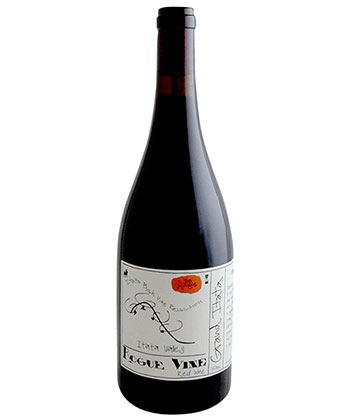
Winemaker Leo Erazo started Rogue Vine with co-founder Justin Decker in 2011 in a garage in Conception, Chile, to craft wines from the old bush vines of the Itata Valley. This wine is a blend of 95 percent Cinsault and 5 percent País, hand-harvested from vines planted in 1960. The nose jumps out at you with playful aromas of rhubarb, citrus, and watermelon Jolly Rancher. This bottle is seriously juicy, making it perfect to enjoy with a slight chill on a hot day.
Price: $20
Buy This Wine
Pedro Parra ‘Imaginador’ 2020
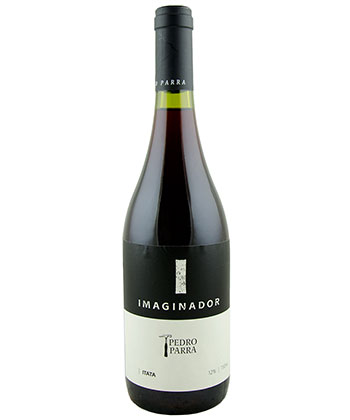
When winemaker Pedro Parra discovered the great potential of wines made from the Itata Valley, he imagined making a wine like this, hence the name “Imaginador.” This wine is made with grapes sourced from four different vineyards ranging in age from 45 to 70 years old. Bright notes of blood orange soda, stewed strawberries, and herbs are held together by good acidity and chalky tannins. This wine displays great aging potential, so drink it now with a delicious skirt steak or lay it down for a few years and see how it evolves.
Price: $22
Buy This Wine
Van Loggerenberg Geronimo 2021
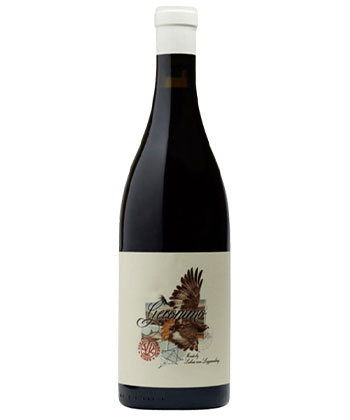
This varietal Cinsault comes from the Rustenhof Vineyard in Stellenbosch from vines with an average age of 36 years. The wine is made with 40 percent whole-bunch fermentation in open-top stainless steel vats, then aged for eight months in large neutral French oak barrels. The stem inclusion shows through in the wine with complex savory notes that pull you in for another sip. This wine manages to provide delicate notes of lemon zest, rose petals, and tart berries while maintaining an unctuous feeling on the palate. With its intense earthy minerality, this is a stunning example of terroir-driven Cinsault.
Price: $26
Buy This Wine
Craven Cinsault 2022
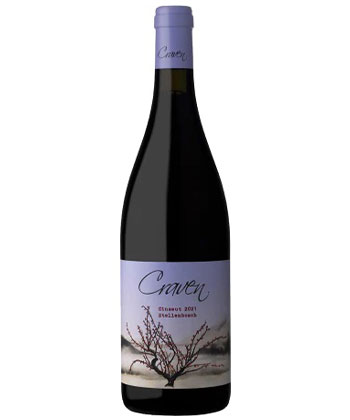
Stellenbosch-based husband-and-wife team Mick and Jeanine Craven aim to express the light side of Cinsault by bottling this wine earlier than most of their reds to maintain its freshness. The stunning fuschia color of this wine will immediately draw you in. Dense fruit flavors of cranberry juice and fruit leather are complemented by a refreshing acidity.
Price: $29
Buy This Wine


